Analysis of Project Management Methodologies: PRINCE2 & Waterfall
VerifiedAdded on 2023/04/10
|5
|898
|311
Essay
AI Summary
This essay provides a comparative analysis of two prominent project management methodologies: PRINCE2 (Projects in Controlled Environments) and Waterfall. It elucidates the core principles, benefits, and operational differences between these approaches. PRINCE2, a structured method, divides projects into manageable stages and emphasizes justification, learning from experience, defined roles, stage management, exception handling, focused delivery, and tailored environments. The Waterfall methodology, conversely, follows a linear and sequential process with phases like requirement gathering, system design, implementation, testing, delivery, and maintenance. While both methodologies offer structured approaches, PRINCE2 allows for revisiting steps for modification, whereas Waterfall requires restarting from the beginning. The essay concludes that both are cost-effective but PRINCE2 offers more flexibility. Desklib provides this essay as a resource for students studying project management, offering insights and examples to aid their understanding.
1 out of 5
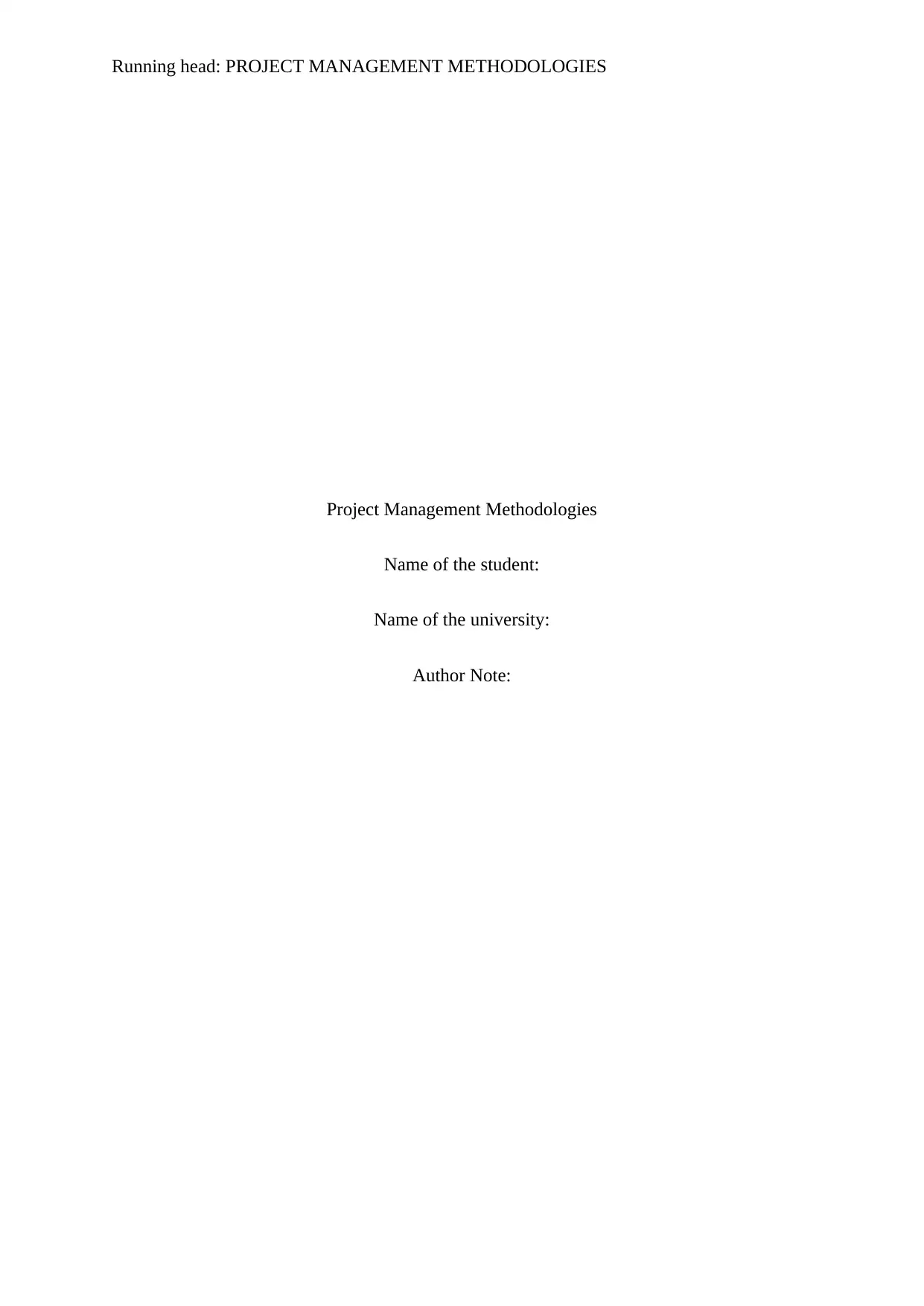
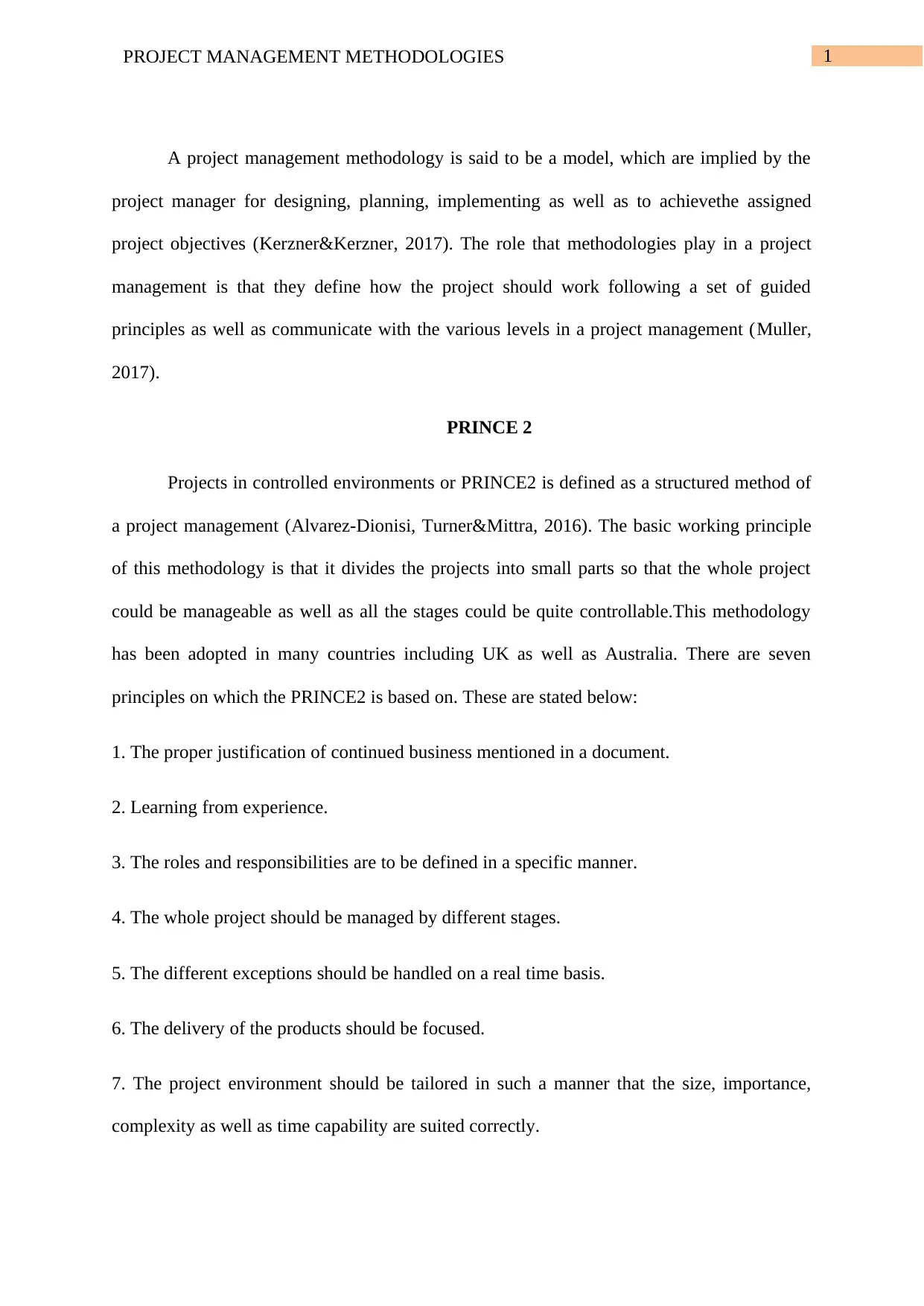
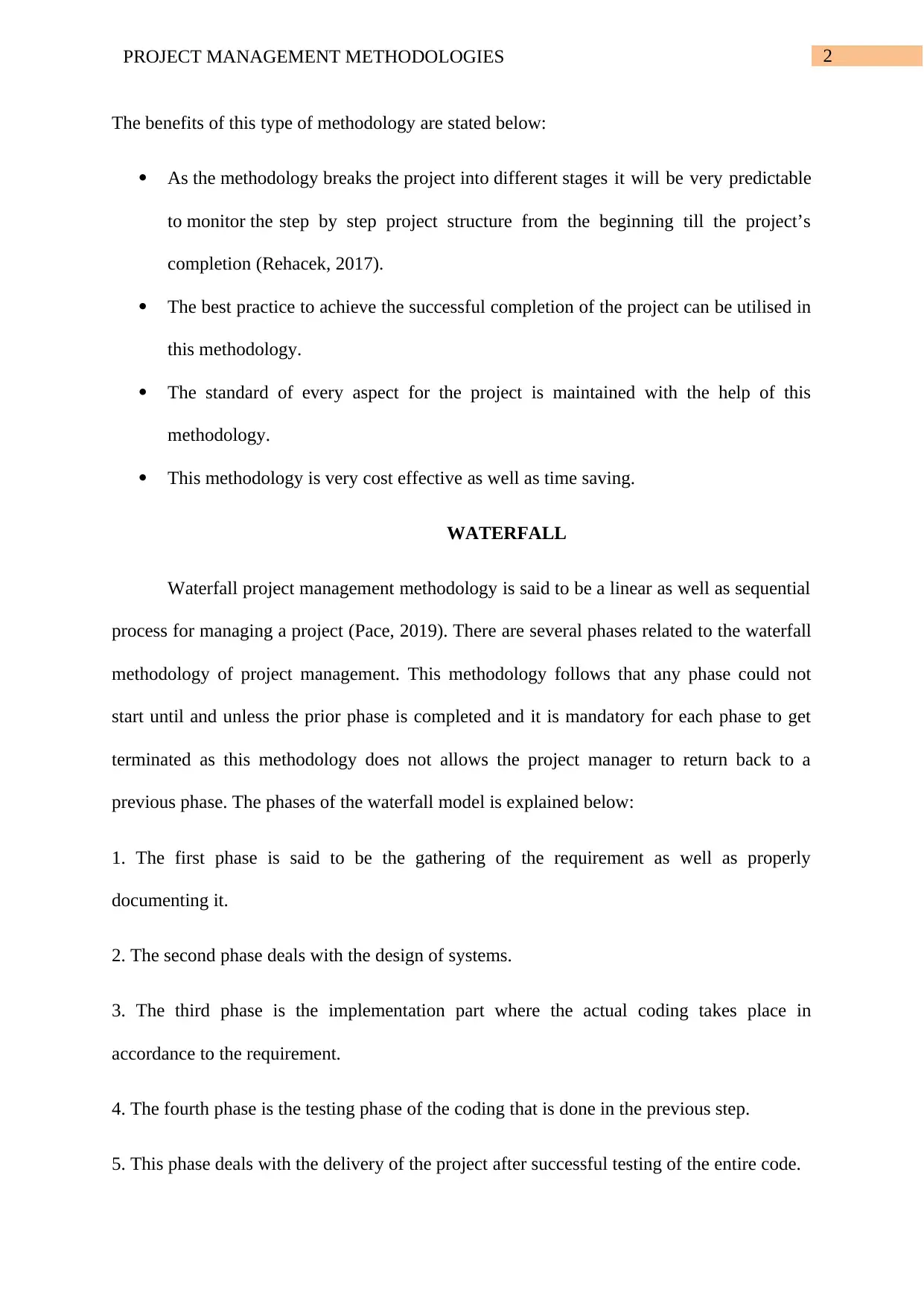

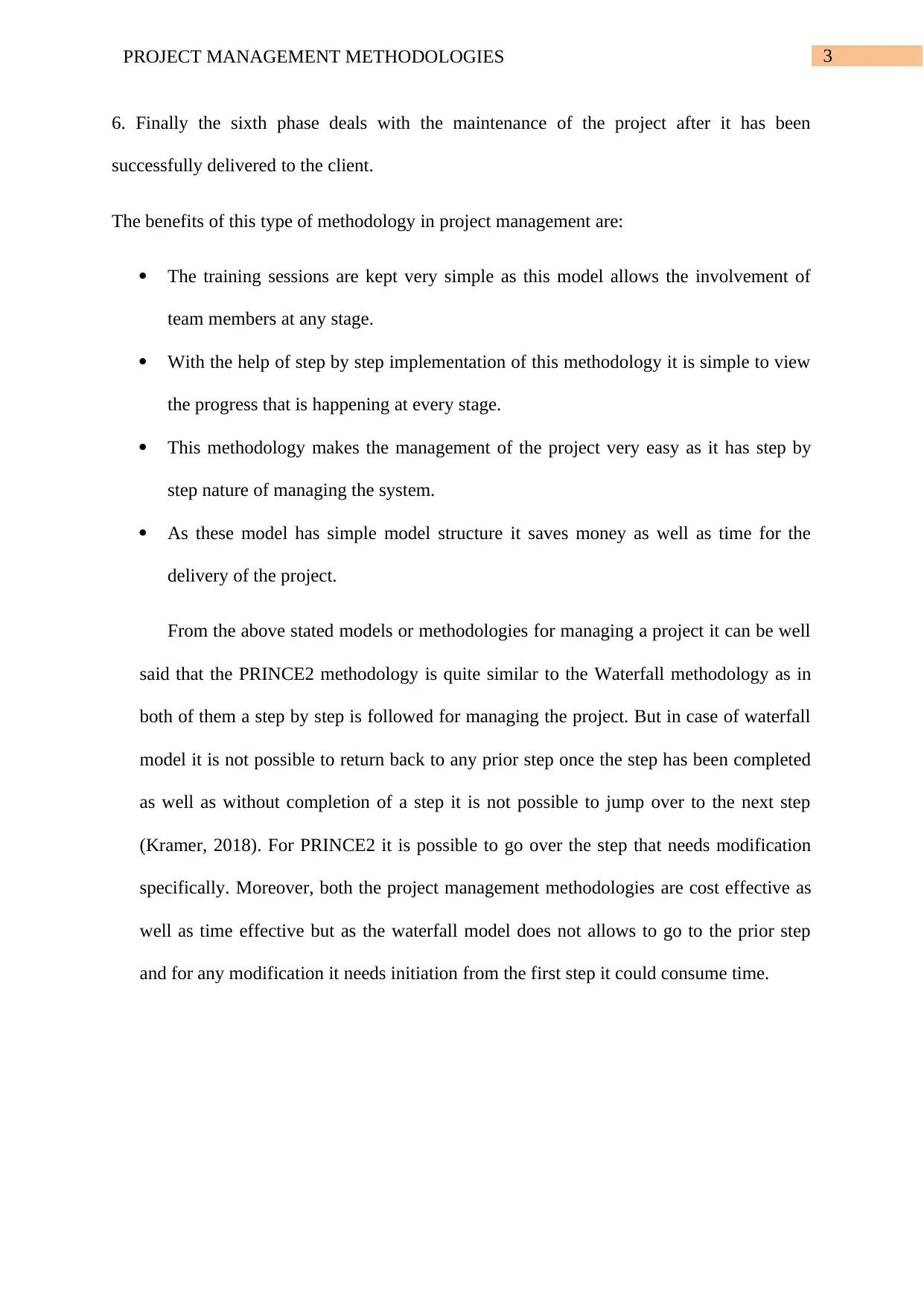
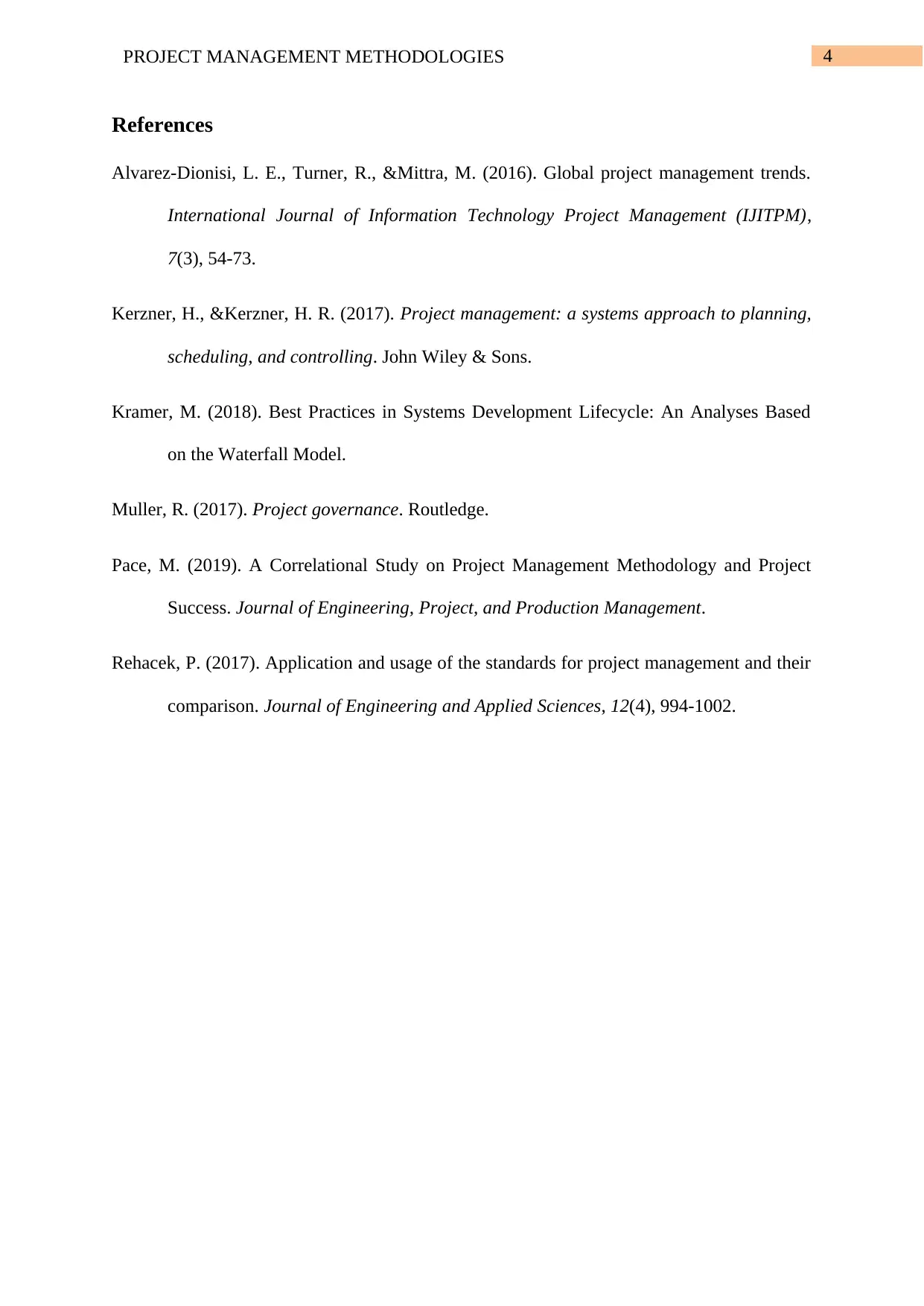





![[object Object]](/_next/static/media/star-bottom.7253800d.svg)